A special place in American history is reserved for the Alcatraz Island. Located only a little over a mile from San Francisco, the island is home to the toughest and most feared federal penitentiary in America. It housed the worst of the worst inmates from 1934 to 1963, including Al “Scarface” Capone, George R. “Machine Gun” Kelly, Robert Franklin Stroud, “The Birdman of Alcatraz,” Arthur “Doe” Barker, Alvin “Creepy” Karpavicz, Sam Richard Shockley and many others.
In the 29 years that Alcatraz operated as a federal prison, 36 prisoners attempted to break out. Every one of these 36 prisoners who tried to escape, was recaptured, shot, or presumed drowned in the waters of San Francisco Bay, according to Alcatraz officials.
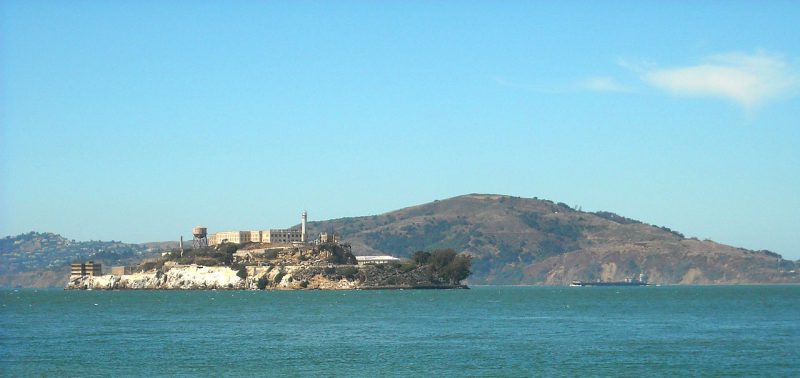
However, on June 11, 1962, convicted bank robbers Frank Morris, John Anglin and his brother Clarence Anglin, made one of the most famous prison escapes in history. The mastermind of the most daring and intricate escapes ever attempted was Frank Morris. The story was recreated in the 1979 Hollywood film “Escape from Alcatraz,” starring Clint Eastwood.
The FBI concluded that John Anglin, Clarence Anglin, and Frank Morris died, insisting that the men drowned after they escaped from Alcatraz attempting to cross San Francisco Bay. However, they have never been found, and there are speculations that they may have survived.
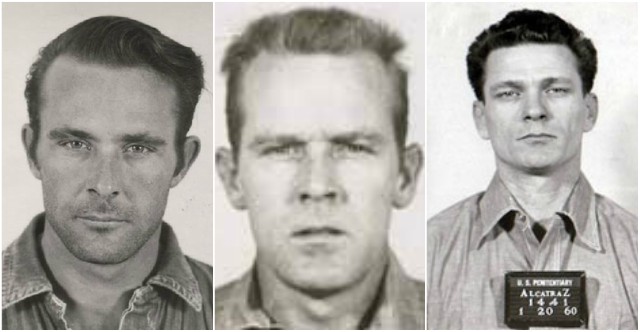
They spent two years planning the “great escape.” For months they had been digging holes in the walls of their cells using spoons and butter knives. On the night of 11 June 1962, they fooled the prison guards by planting dummy heads they’d made out of papier-mâché and human hair from the prison barber shop, and entered San Francisco Bay on an inflatable raft made from raincoats – some donated and some stolen. Since that day John Anglin, Clarence Anglin, and Frank Morris were never seen or heard from again.
The investigation closed in 1979, but many questions remained unanswered for years. There was no clear evidence that the Anglin brothers and Frank had drowned, and documents had been found in the archives that had previously been kept secret, showing that the investigators found a raft on Angel Island the day after they escaped.
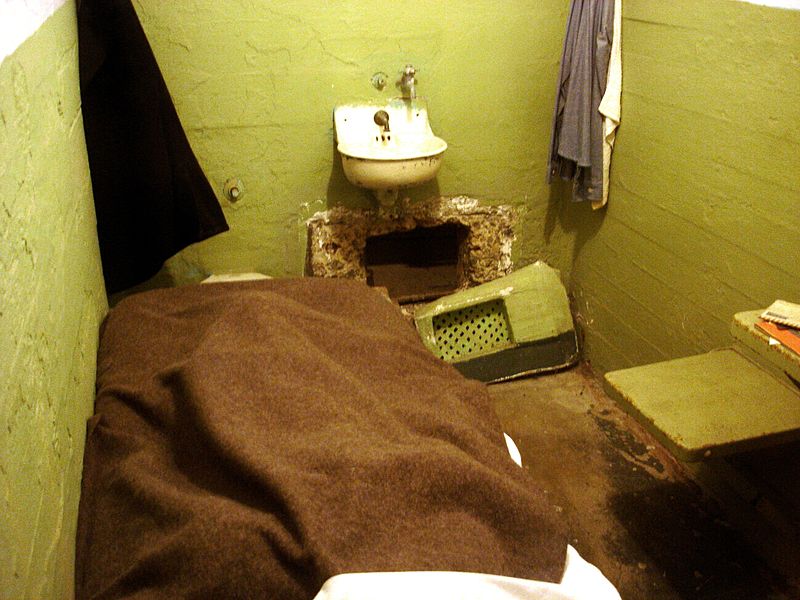
Scientists at Delft University and the research institute Deltares in the Netherlands attempted to shed light on what happened. They created a computer model simulating the movement of water around Alcatraz Island and San Francisco Bay and concluded that if they set off right at midnight, they could have made landfall.
The tides would have been against them if they had left before midnight or after 1 am, making it difficult for them to survive. “If they hit it exactly at midnight, the beautiful thing is, that we see that, they would have been sucked out towards the Golden Gate Bridge,” Dr. Hut told the BBC News.
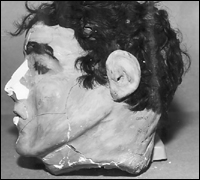
Relatives of the Anglin brothers claim that they managed to survive. In a History Channel documentary Alcatraz: Search for the Truth, Anglins’ nephews David and Ken Widner provide evidence that their relatives survived their ordeal and went into hiding.
The evidence includes Christmas cards, signed with Clarence and John Anglin’s names that their mother received during the three years following their escape. The analysis of the handwritings matched, but the date of the cards could never be proven.
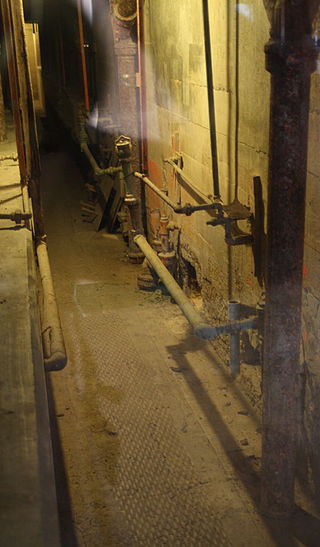
In the History Channel documentary, Alcatraz: Search for the Truth, David and Ken Widner take the cards and other evidence to investigator Art Roderick, who prior to retiring in 2008, had worked on the case for 20 years. Among the evidence, there is also a photograph that proves that John Anglin and his brother Clarence Anglin may have been alive in the 1970s. “This is absolutely the best actionable lead we’ve had,” investigator Roderick told the New York Post.
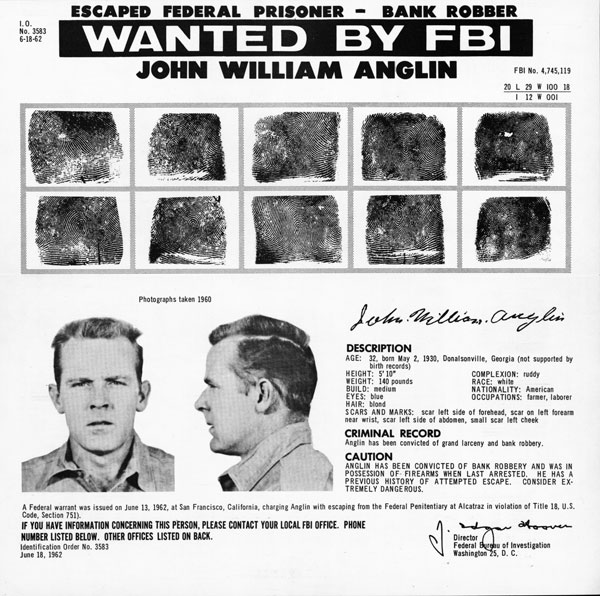
Back in 1963, the officials found skeleton remains which they believed belonged probably to either John Anglin, Clarence Anglin, or Frank Morris. There was only one way to prove if the remains belonged to one of the Anglin brothers – to dig up the remains of their other brother, Alfred, for DNA testing; this turned out to be a false lead, the skeleton remains were not theirs. The remains, therefore, might have belonged to Frank Morris, but he had no surviving relatives to test.
David Widner, who is working on a book about the Anglin brother, suggests that they fled to South America and that they may still be alive today.
